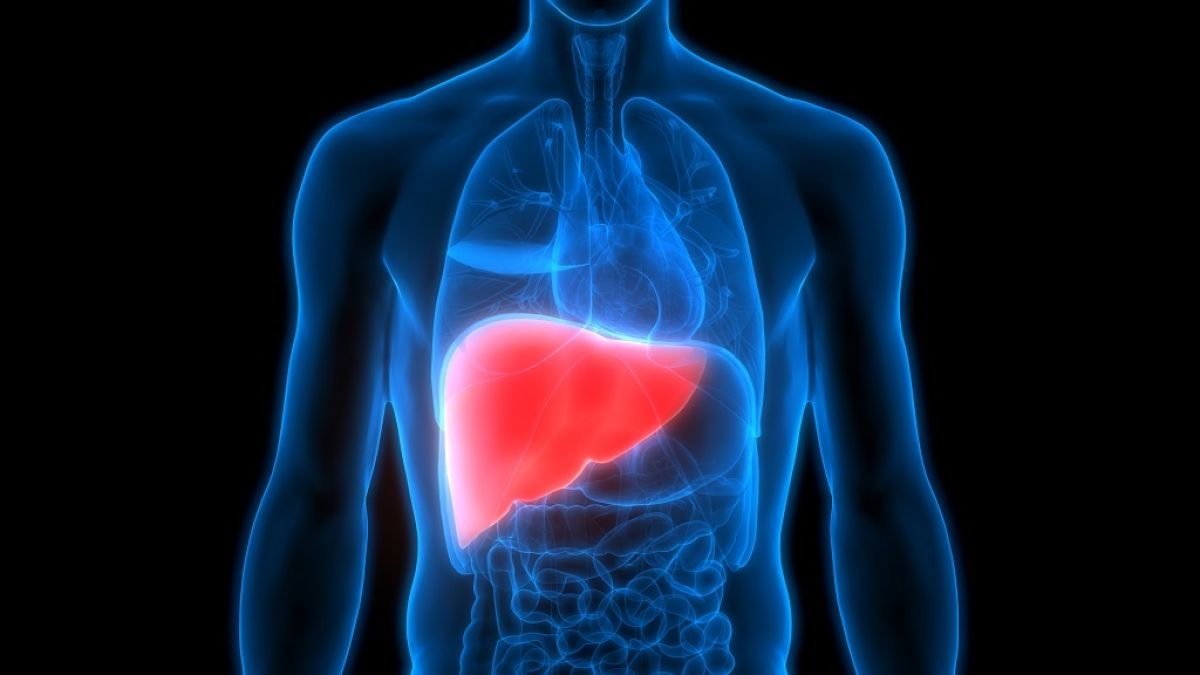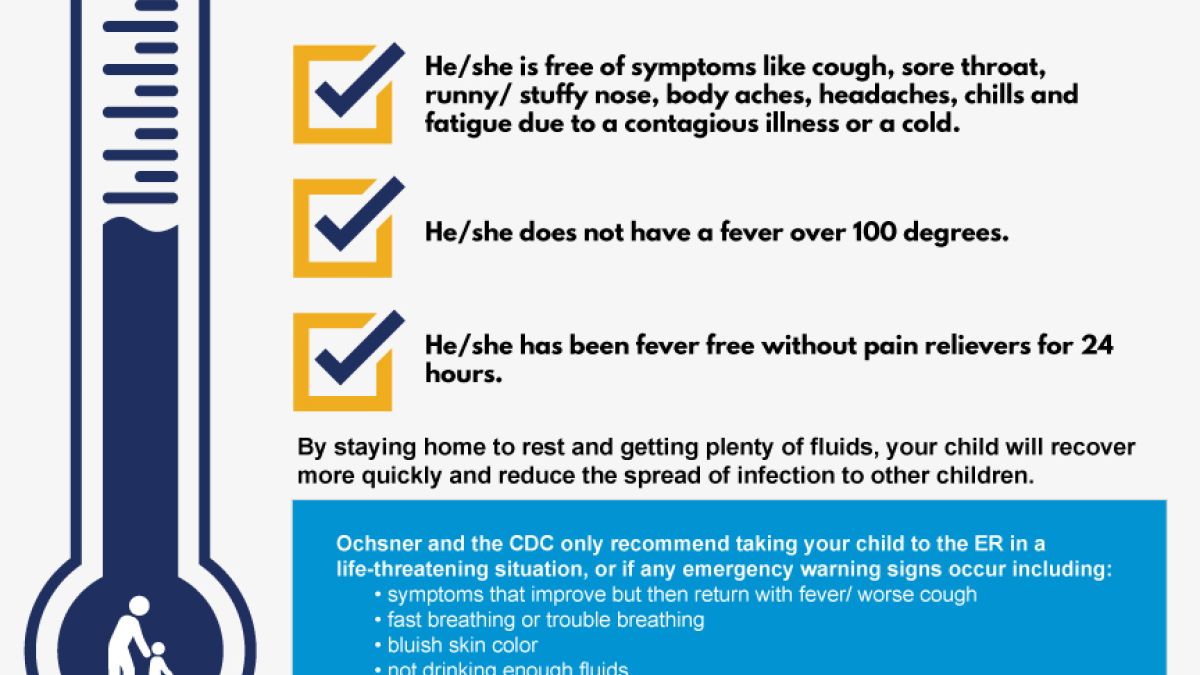There are many types of benign and malignant liver tumors that can occur in children. Malignant (cancerous) liver tumors are rare, affecting less than 1 in 1,000,000 children. Hepatoblastoma is the most common malignant liver tumor in early childhood, usually affecting children less than three years of age. Hepatocellular carcinoma usually affects older children. At Ochsner Children’s, our Pediatric Oncologists work with a multidisciplinary team to provide state of the art care to children and young adults diagnosed with liver tumors. This includes pediatric oncologists, pediatric surgeons, pediatric liver transplant specialists, radiation oncologists, and gastroenterologists. We are very active in research and clinical trials designed to increase cure rates, decrease treatment-related side effects and improve care for long-term survivors.
Ochsner Health is a system that delivers health to the people of Louisiana, Mississippi and the Gulf South with a mission to Serve, Heal, Lead, Educate and Innovate.









